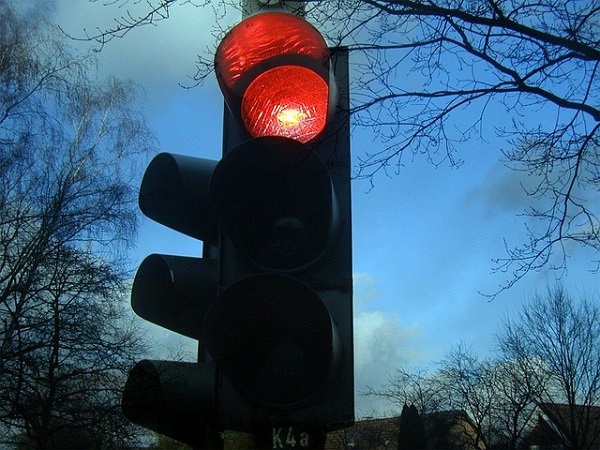 Credit: Pixabay
Credit: Pixabay
Luxembourg's Ministry of Mobility and Public Works, the National Roads Administration and the Grand Ducal Police have announced that the red light cameras in Luxembourg-Hollerich will be fully operational from Thursday 1 December 2022.
As part of the national road safety plan, the red light cameras installed in Luxembourg-Hollerich (at the Route d'Esch/Boulevard Dr Charles Marx intersection, at Boulevard Dr Charles Marx and at the intersection of the road towards the A4 with Boulevard Pierre Dupong at the height of Lycée Aline Mayrisch) will enter a "repressive" phase from Thursday.
According to the authorities, this is a particularly dangerous area where often neither the maximum authorised speed nor the red lights are respected. In fact, during the test phase which began in June 2022, 316 failures to respect a red light were observed during the month of September (265 in October) as well as 28,900 incidents where the maximum authorised speed was exceeded (24,500 incidents in October), which, in total, amounts to more than 800 violations per day.
Taking these latest figures into account, Luxembourg's Minister of Mobility and Public Works, François Bausch, recalled the importance of these radars in preventing dangerous behaviour.
Flashing from behind, red light cameras make it possible to simultaneously control speeding (the maximum authorised speed is limited to 50 km/h in the aforementioned areas) and running a red light. In the event of an excessive speed violation, the vehicle is flashed, regardless of the colour of the coloured signal of the lights at the time. A tolerance of 3 km/h (below 100 km/h) and 3% (above 100 km/h) is deducted from the measured value. In the event that a vehicle slightly goes over the lane to let emergency service vehicles pass, only a photo is taken and no violation is generated.
As is the case for other speed cameras, the photos will be erased no later than two weeks after the payment of the fine. Saved photos that cannot be used are erased no later than two months after being taken. In the event of criminal proceedings, the period for erasing the photos runs from the day on which the file has been definitively closed without further action, when the judicial decision is no longer subject to any appeal or when public action is prescribed.








